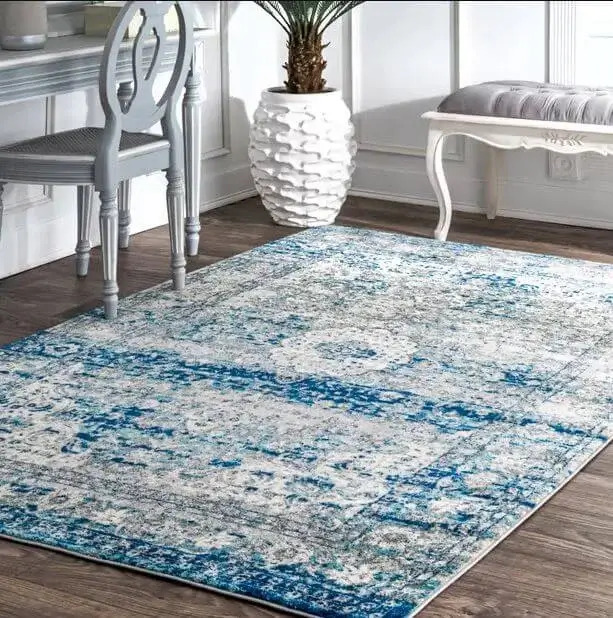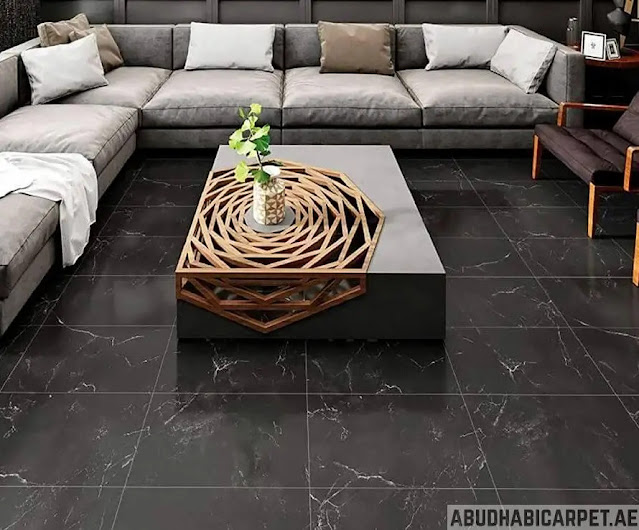The Silent Culprit: Why Hospital Carpets Deserve More Attention**
Unveiling the Unseen Dangers Lurking Beneath Our Feet
In the bustling world of healthcare, where every aspect of patient care is meticulously scrutinized, it's easy to overlook one seemingly innocuous element: the carpet beneath our feet. Hospitals carpet, bustling with activity and foot traffic, often adorn their floors with carpets for comfort and aesthetics. However, these seemingly benign floor coverings harbor a multitude of unseen dangers that can compromise patient health and safety.
A Stealthy Breeding Ground
Hospital carpets, with their dense fibers and intricate weaves, provide the perfect breeding ground for bacteria, fungi, and other pathogens. Despite rigorous cleaning protocols, contaminants can seep deep into the carpet fibers, evading even the most thorough sanitation efforts. High levels of foot traffic further exacerbate this issue, as each step releases a cloud of microscopic particles into the air, perpetuating the cycle of contamination.
The Airborne Menace
Beyond harboring pathogens within their fibers, hospital carpets also contribute to poor indoor air quality. As contaminants accumulate over time, they can become airborne through routine activities such as walking, vacuuming, or even just sitting and shifting in chairs. Patients, visitors, and healthcare workers unwittingly inhale these particles, increasing the risk of respiratory infections and exacerbating existing conditions such as asthma or allergies.
A Haven for Allergens
For individuals with sensitivities or allergies, hospital carpets pose a particularly insidious threat. Dust mites, pet dander, pollen, and other allergens easily become trapped within the carpet fibers, triggering allergic reactions in susceptible individuals. Moreover, the porous nature of carpets makes them notoriously difficult to clean thoroughly, allowing allergens to accumulate and persist despite regular maintenance efforts.
The Compromised Cleanliness
Despite diligent cleaning regimens, hospital carpets often fall short of achieving the pristine standards necessary for a healthcare environment. Traditional cleaning methods such as vacuuming and steam cleaning may remove surface debris, but they often fail to penetrate deep into the carpet fibers where pathogens reside. Additionally, the use of harsh chemicals or inadequate drying times can leave behind residue that further compromises cleanliness and poses health risks to occupants.
A Call to Action
In light of these concerns, healthcare facilities must reassess the role of carpets within their environments. While carpets may offer comfort and aesthetic appeal, their potential risks to patient health and safety cannot be ignored. Alternative flooring options such as vinyl, linoleum, or hardwood may provide a more hygienic and easily maintainable solution, reducing the prevalence of pathogens and allergens while improving indoor air quality.
Hospital carpets, often overlooked in the grand scheme of healthcare operations, wield a significant impact on patient health and safety. From serving as breeding grounds for pathogens to exacerbating respiratory conditions through poor indoor air quality, these seemingly benign floor coverings pose a multitude of risks. As healthcare facilities strive to uphold the highest standards of cleanliness and infection control, it's time to reevaluate the role of carpets and consider alternative flooring options that prioritize patient well-being above all else. After all, in the battle for a healthier tomorrow, every step counts—even those taken on the seemingly innocuous surface of a hospital carpet.
.jpg)


Comments
Post a Comment